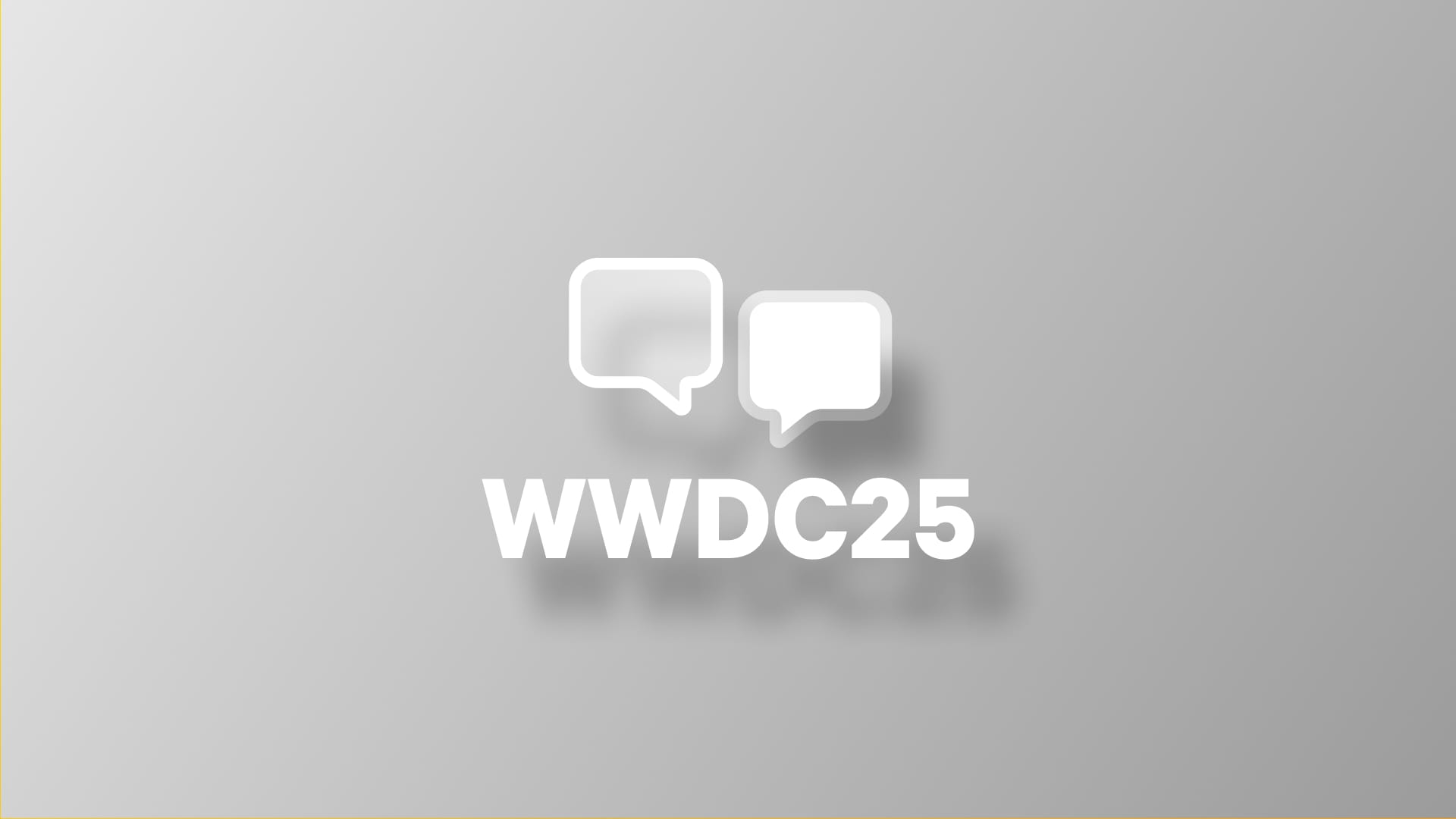
WWDC 2025: What's new for the Apple community?
This article covers the most inspiring new releases from WWDC 2025 and showcases some of our highlights from the developer conference.
The WWDC25 week has come to a close, marked by its central theme: Cross-Platform Consistency. The announcement of their new design system, Liquid Glass, is undoubtedly what most people will be talking about, alongside the version number for all platforms matching the year, but what we might miss when focusing on this shining update is all the work that made it possible and how it has reflected on the evolution of the platforms, leading us to this moment.
There are many updates to the foundational frameworks that app developers use to bring their apps to life and they are spread across the over 100 videos made available through the developer portal.
For an overview of all the new technologies presented this year, check the dedicated page:
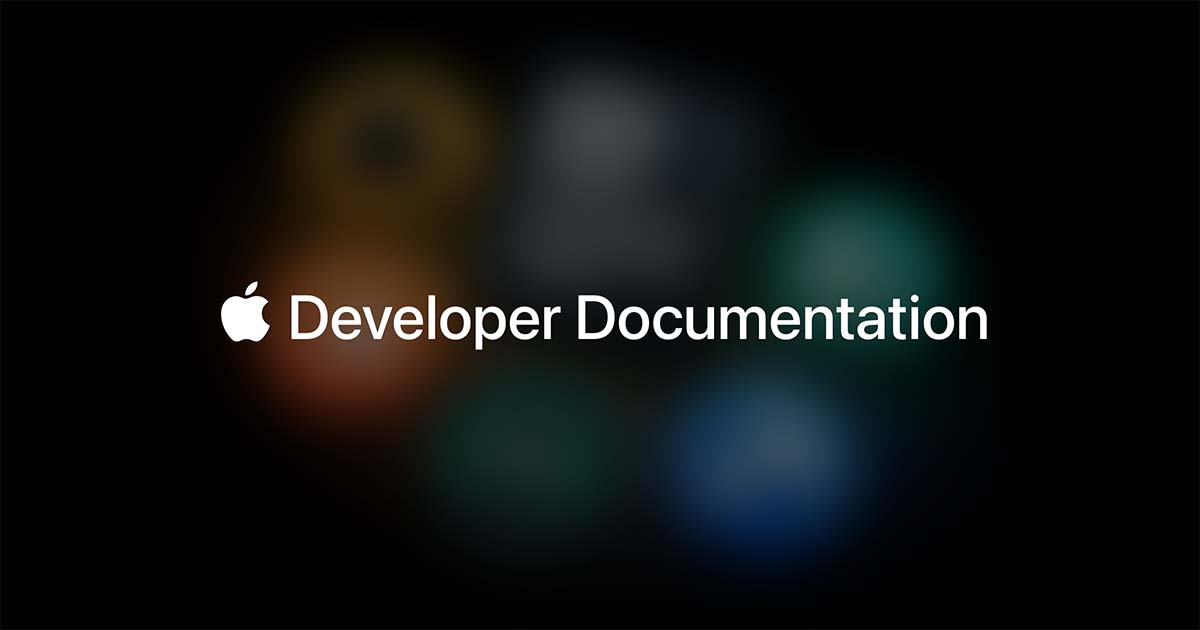
Then, take a look at the dedicated page on the Documentation Portal, which highlights all the new technologies introduced this year and features a new sample code library that includes all the code from WWDC25 materials.

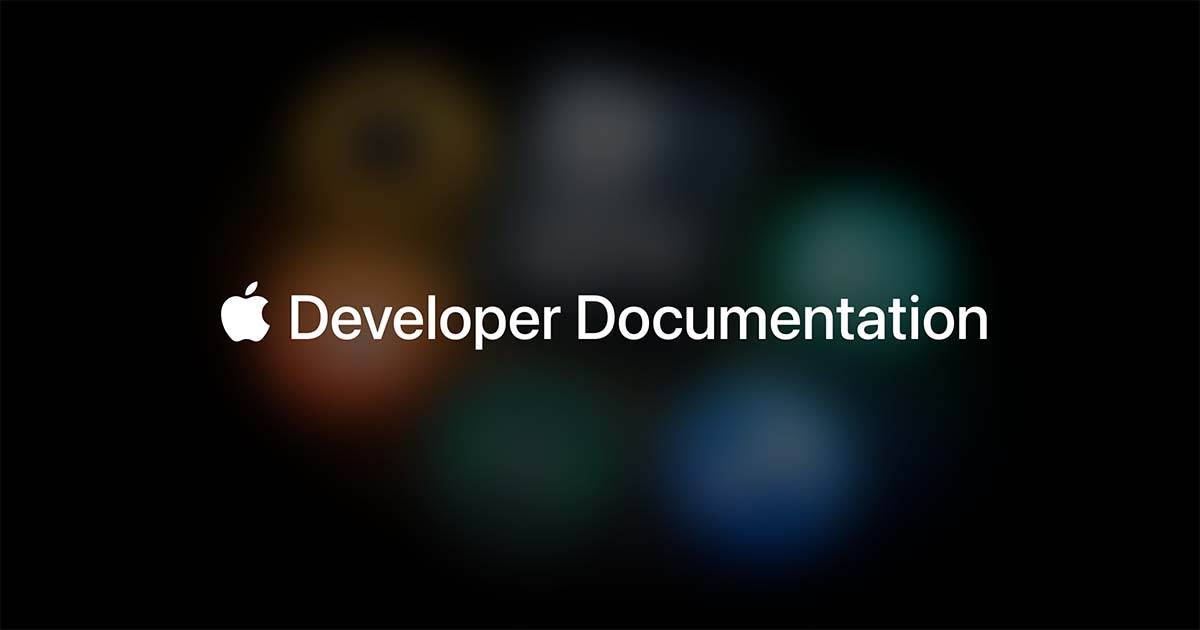
And for all the new additions to the Human Interface Guidelines, check the following page:
Liquid Glass
WWDC25 has brought Apple’s most comprehensive design system overhaul in over a decade, centered around the Liquid Glass material. This year’s updates to the Human Interface Guidelines represent a change in how we approach interface design across Apple’s entire ecosystem.
The introduction of Liquid Glass marks Apple’s broadest software design update, reshaping the relationship between interface and content through an entirely new set of design principles.
Liquid Glass combines the optical qualities of real glass with fluid-like behavior creating interfaces that dynamically react to content, context, and user interaction. Key properties of the new design system are:
- Real-time rendering that dynamically reacts to movement with specular highlights and light-bending effects
- Contextual adaptation where controls morph and reshape as users navigate between app sections
- Intelligent color adaptation that responds to surrounding content and lighting conditions
- Responsive lensing along the edges, creating depth and visual separation while maintaining transparency
To get an overview of this revolutionary design language that unifies all Apple platforms, take a look at these two design sessions:
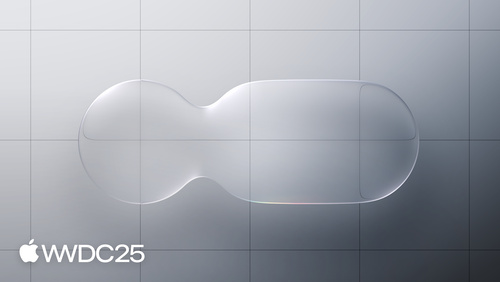
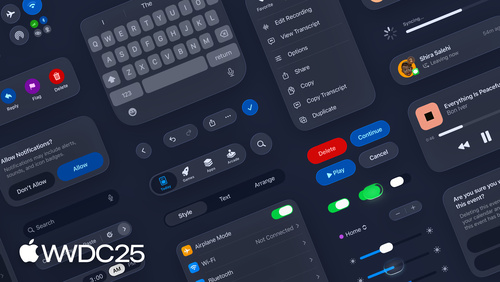
The beauty of SwiftUI is that developers don't need extensive code changes to adopt Liquid Glass, simply recompiling with Xcode 26 brings the new design to your apps automatically.
For deeper customization, new APIs like glassEffect(_:in:isEnabled:) and enhanced toolbar management provides precise control over the new aesthetic.
Some APIs have been updated to adopt the new design:
- Multi-tabs using
TabViewautomatically get the new liquid tab bar; - In macOS and iPadOS
NavigationSplitViewbecomes a liquid glass sidebar; - Toolbar items are updated with a scroll effect that separates the glass from the app content.
The following article in the developer documentation covers most of the changes coming to native components of the Apple design system. It is a must read.
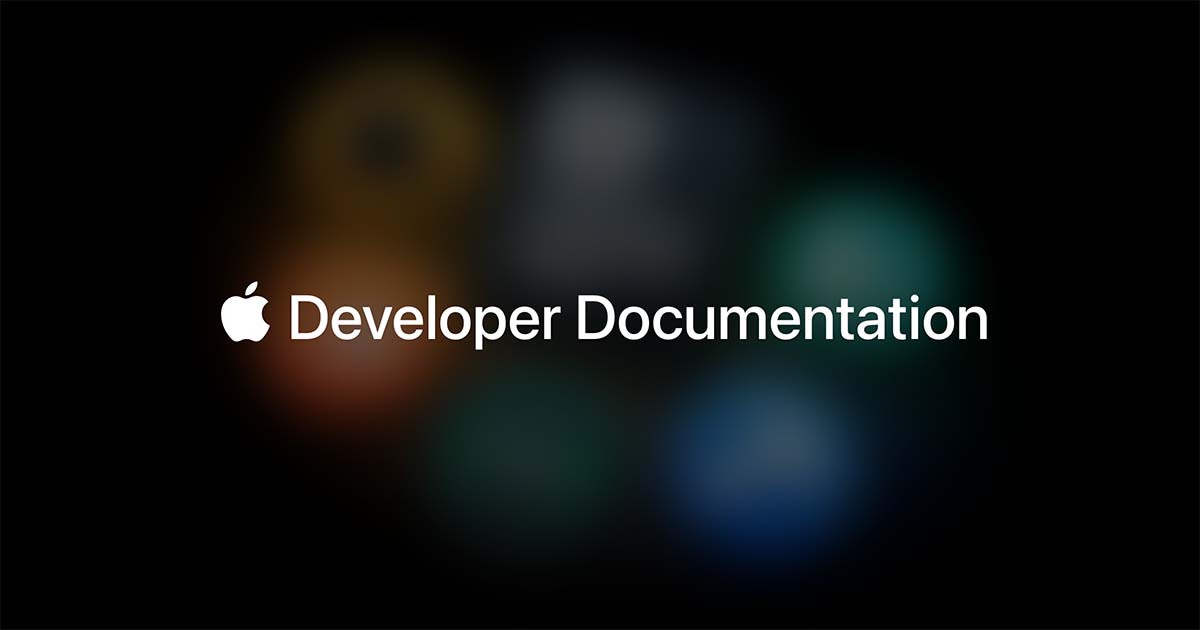
Design resources
To start building fantastic apps with Apple's new Liquid Glass design language, design resources are now available for developers and designers. Apple has released updated design libraries following WWDC25, providing everything needed to implement the new aesthetic across platforms.
For iOS 26 and iPadOS 26, Apple provides a Sketch Library with all UI components redesigned for Liquid Glass and App Icon Templates compatible with Sketch, Photoshop, and Illustrator (soon available for Figma according to Linda Dong's tweet):
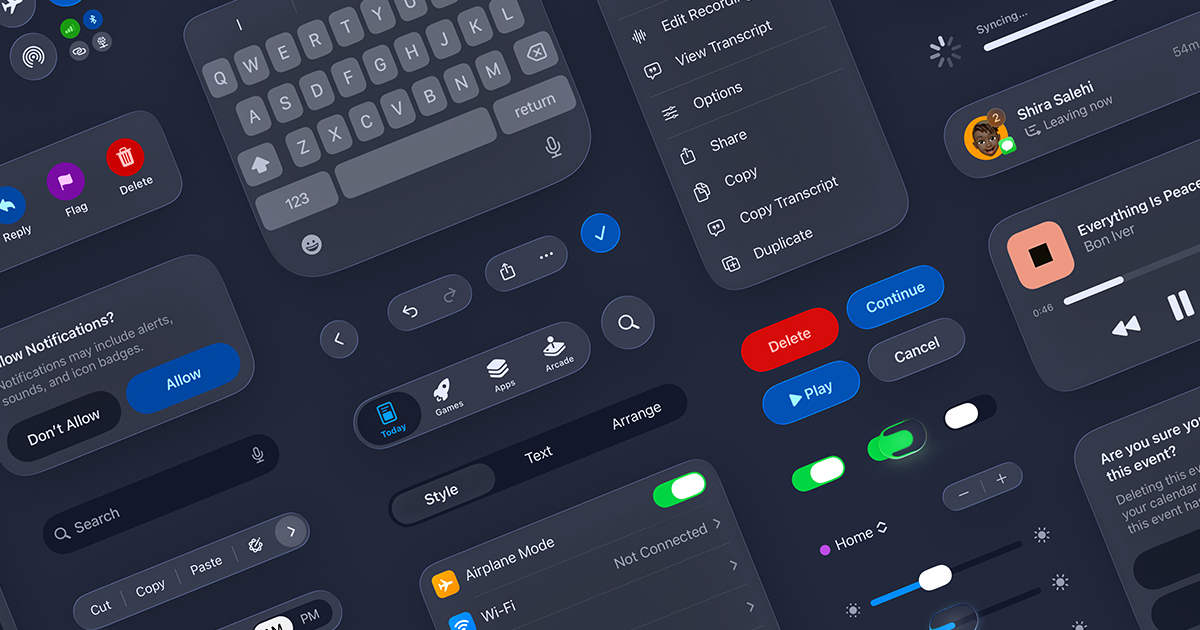
For macOS Tahoe 26, the resources include an updated Sketch library:
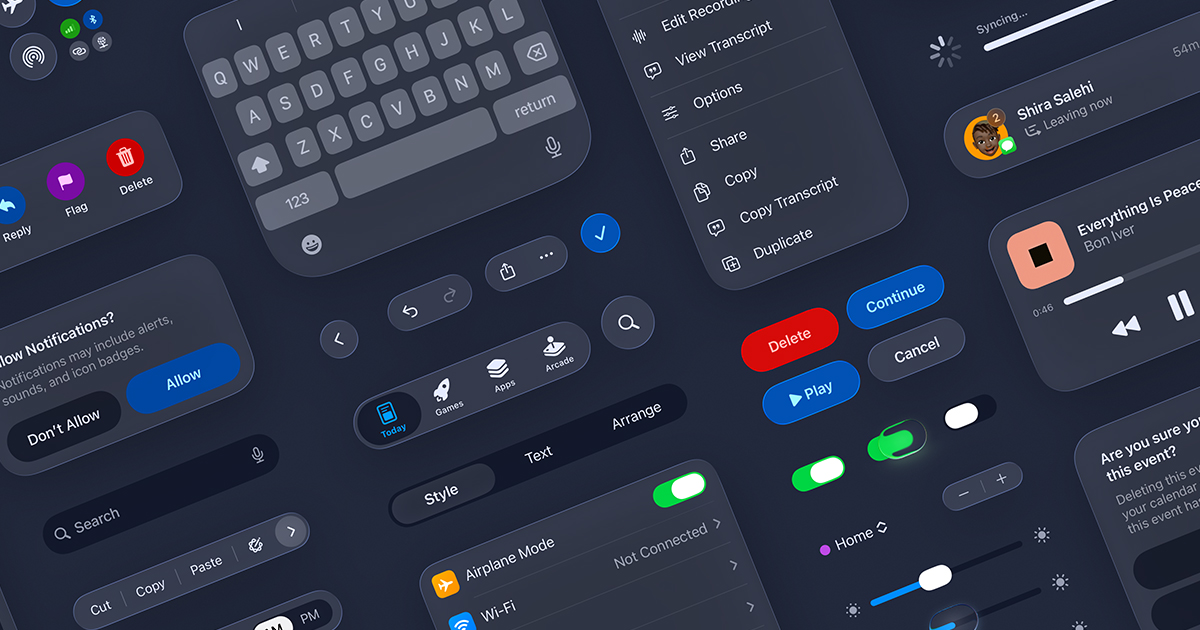

And last you can download the latest version of SF Symbols 7 with over 6,900 symbols featuring new animations and gradient support:
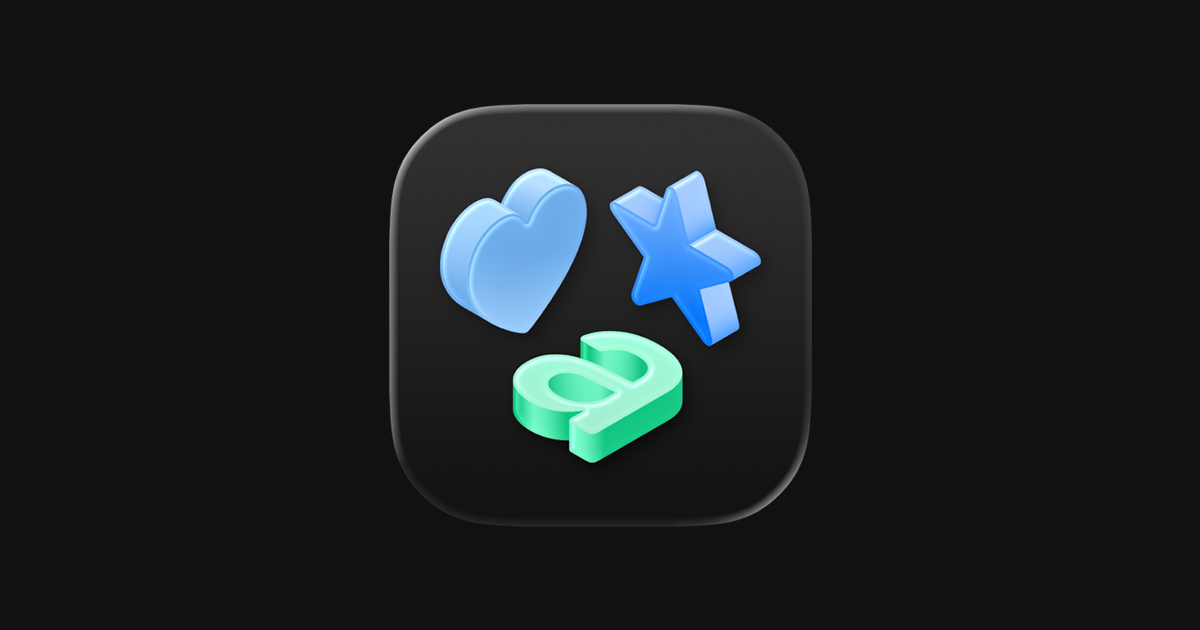
Icon Composer
The introduction of the new design language has an impact on every Apple platform, which means that app icons also need to be updated to adopt the new qualities of Liquid Glass. To support developers adopting it, Apple introduced Icon Composer, a new tool bundled with Xcode 26 for creating sophisticated, multi-layered icons that work seamlessly across all Apple platforms.
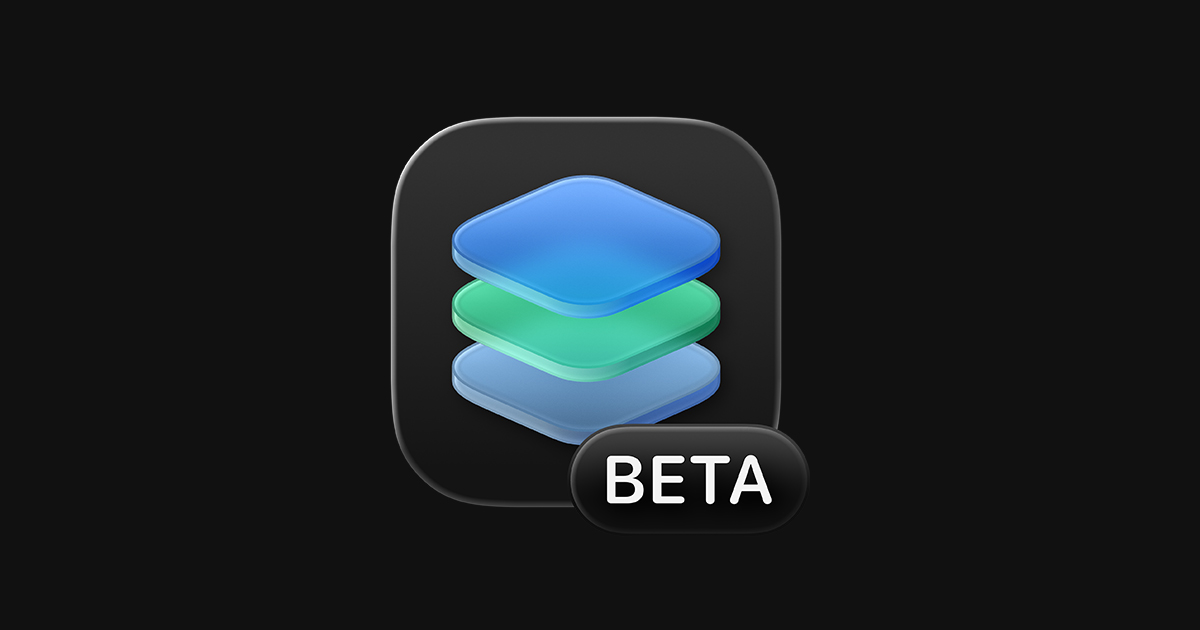
Icon Composer addresses the challenge of creating icons for multiple platforms and appearance modes by allowing designers to work from a single design and produce assets for iPhone, iPad, Mac, and Apple Watch. The tool uses the same workflow Apple employed to update all their system icons.
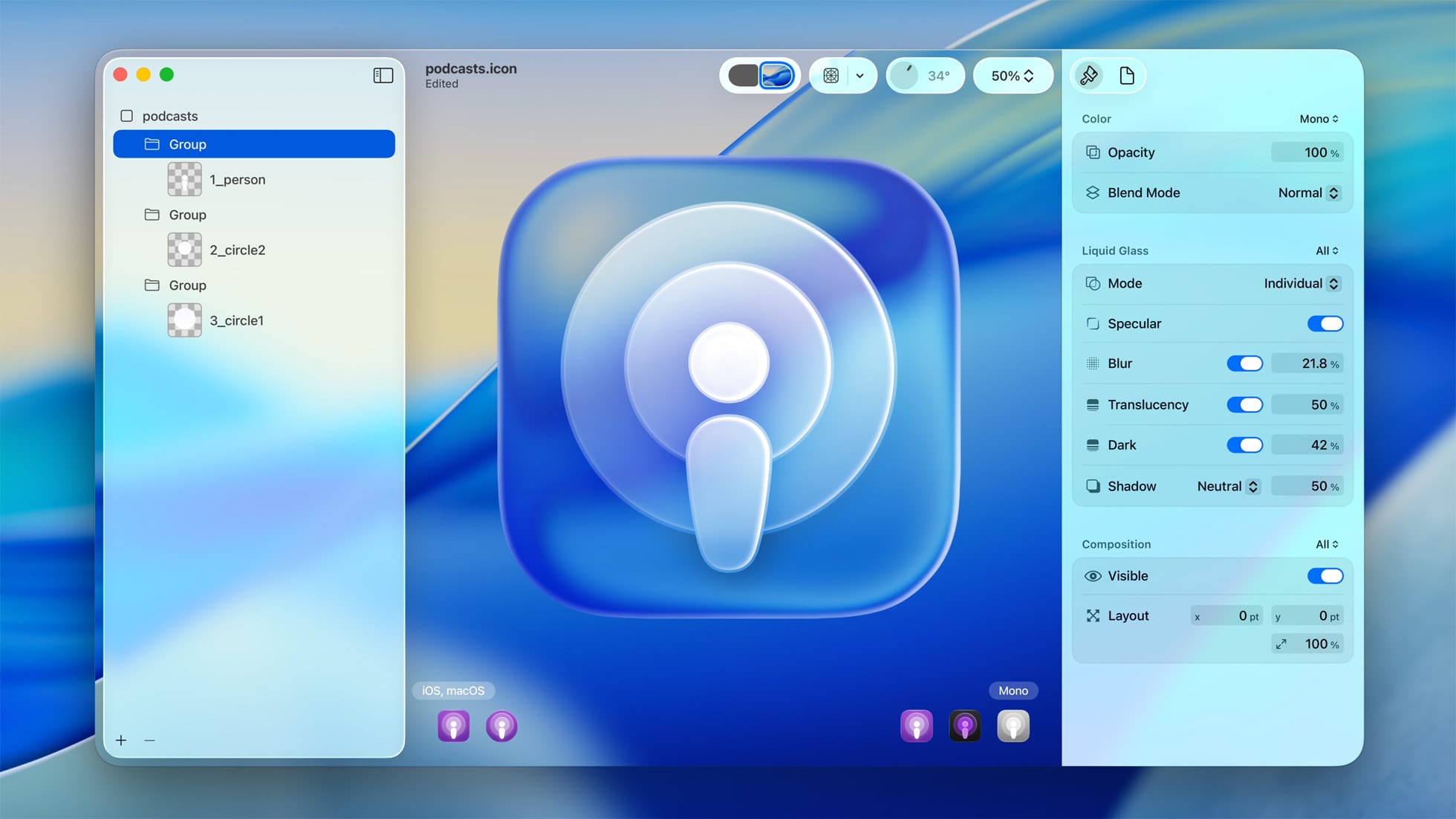
The session ”Create icons with Icon Composer” demonstrates how this tool streamlines icon creation using the new Liquid Glass design language.
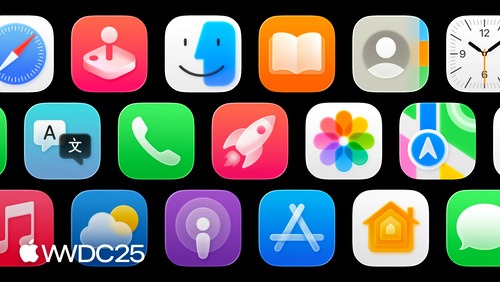
While the companion session, ”Say hello to the new look of app icons”, provides essential context for understanding the new icon design language and appearance modes.
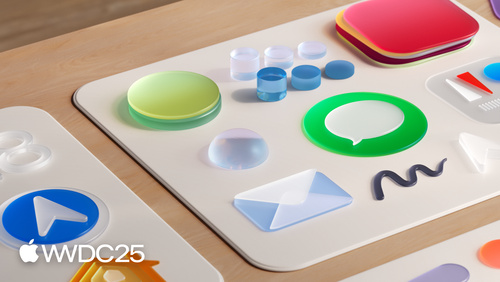
Flora Damiano, our icon designer expert, has covered the tool in the article Crafting Liquid Glass app icons with Icon Composer. Check it out.
Accessibility and inclusivity
One of the primary concerns surrounding Apple's new design system centers on how accessibility and inclusivity will be integrated into the Liquid Glass experience. However, Apple has demonstrated its continued commitment to accessibility innovation with comprehensive updates across all platforms.
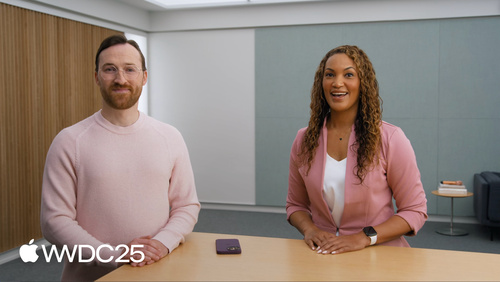
Major accessibility advances include:
- Enhanced VoiceOver support with better integration for Liquid Glass elements, ensuring screen readers can interpret dynamic material properties
- Voice Control improvements allow developers to dictate Swift code directly in Xcode 26, with new programming mode and vocabulary syncing
- Live Captions on Apple Watch providing real-time captioning during calls via Live Listen mic
- Accessibility Nutrition Labels now appear in the App Store, providing detailed accessibility information for apps
- Magnifier for Mac supporting users with visual impairments
Here are some interesting sessions to understand how to make your app more accessible to everyone:
- Customize your app for Assistive Access (WWDC25)
- Evaluate your app for Accessibility Nutrition Labels (WWDC25)
- Make your Mac app more accessible to everyone (WWDC25)
Apple Intelligence
Developer apps can now become even more powerful with access to the model that powers Apple Intelligence on devices using the new Foundation Models framework. By using the framework, developers can create machine learning powered experiences that run privately on Apple devices, enabled in your app with just three lines of code.
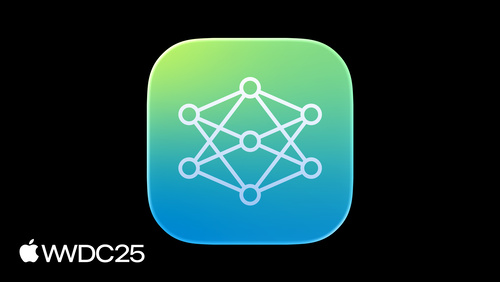
The results can be displayed immediately or stream answers incrementally. The framework introduces new language constructs, such as @Generable, enabling you to share data structures from your app. The model fills out your types based on the user’s request - autonomously determining the following action, tool usage, and sequencing logic where necessary.
You can even guide the generation more precisely using the @Guide macro. Useful for content generation and summarization, dialog-based interactions, semantic search and tag generation and more.
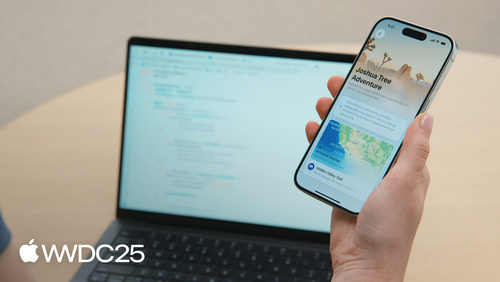
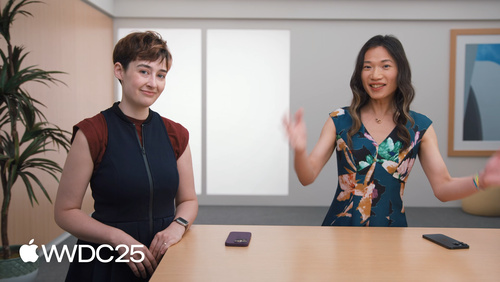
Additional updates include:
- Visual Intelligence, introducing a new App Intents schema to allow content in your app to be deeply linked directly from visual search results. Check the session “Explore new advances in App Intents” for more.
- Spotlight now surfaces all App Intents in macOS Tahoe, deepening the integration between system intelligence and your app’s capabilities. The session “Develop for Shortcuts and Spotlight with App Intents” covers the topic.
- Speech Framework improvements further support natural interaction through real-time processing of voice inputs. Check the session “Bring advanced speech-to-text to your app with SpeechAnalyzer”.
- With Core ML, you can bring your own models to the device and run them with hardware-optimized performance across CPU, GPU, and the Neural Engine. Get a comprehensive overview of the updates across all artificial intelligence technologies at the session “Discover machine learning & AI frameworks on Apple platforms”
For developers training their own models, the new MLX open-source library enables fine-tuning directly on Apple silicon, with full memory sharing and privacy. If that floats your boat, don’t miss the sessions “Get started with MLX for Apple Silicon” and “Explore large models on Apple silicon with MLX”.
We can't wait to cover them all in the following months to help developers make their apps more intelligent!
Xcode
It looks like Apple has been looking at what has been happening in the IDE market, with editors like Cursor integrating generative AI directly into their UI. Xcode 26 is empowered with deep AI integration, intuitive new workflows, and a smoother overall coding experience. One of the highlights is the ChatGPT integration, embedded right into the Xcode sidebar, allowing you to:
- Generate and edit code from natural language prompts
- Preview changes in a live annotated diff with color-coded highlights
- Navigate your project and link documentation contextually
- Get explanations and inline documentation previews
- Automatically fix compiler errors with suggested code fixes
- Review your changes with a history slider, enabling smooth undo and rollback
You’re able to make a set number of requests per day, with additional requests available through your linked subscription account.
Other key new features in Xcode 26 are:
#Playgroundmacro: which lets you preview how snippets behave live, making it easy to prototype directly within your files.- Model integration tools: they simplify bringing in third-party models and run them locally or across a secure private network.
- Redesigned and simplified tab experience: allowing to open a new tab where all the navigation happens and introducing the ability to pin specific files.
For a full overview, check out their dedicated session to what's new in Xcode 26:
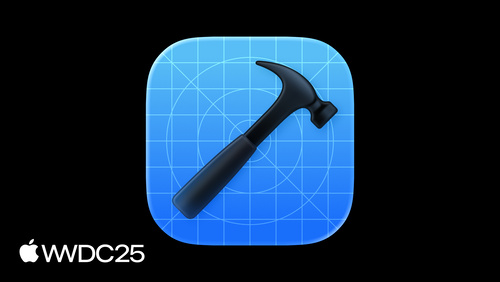
Swift
The Swift language is constantly evolving. Swift 6.2 continues its mission to be a safe, fast, and expressive systems programming language. The session dedicated to what's new in the Swift language covers updates to the core libraries of the language, improvements to different development workflows, the many different places you can use the Swift language (it's not only for iOS apps!) and the evolution of the language. It is a must watch for every developer.
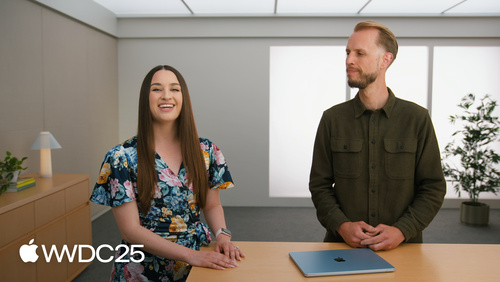
If you are working on projects that need to get every little bit of performance out of the tools you are using to create them, check out the session dedicated to improving memory usage and performance with Swift.

Another interesting announcement was the new Containerization framework. An open-source framework completely written in Swift to create and run Linux containers on the Mac.
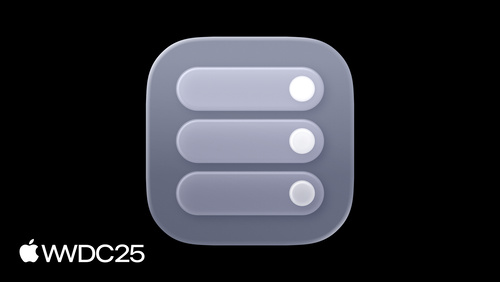
Optimized for Apple silicon, it provides secure isolation between containers. You can obtain the binaries from GitHub. Additionally, swift.org has guides and a new Toolchain installer to help run Swift on Linux.
SwiftUI
SwiftUI remains the foundation of user interface development across Apple platforms, and this year’s updates continue the framework’s trajectory toward declarative, scalable, and immersive UI building.
Its rapid evolution with capabilities that reflect Apple’s push for a more immersive, intelligent, and adaptive user interface design language across all devices.
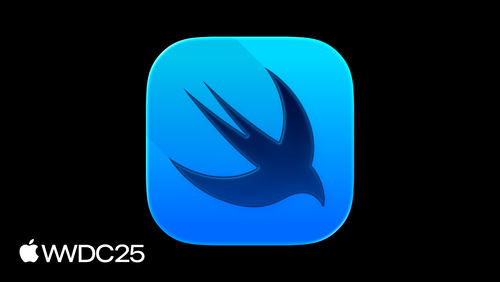
Two significant new additions are the new WebView and WebPage APIs and support for rich text in the TextEditor view.
The following session provides an overview of how to use the new APIs to integrate WebKit into a SwiftUI app. It's a pretty comprehensive video and provides a great starting point for developers interested in working with their apps.
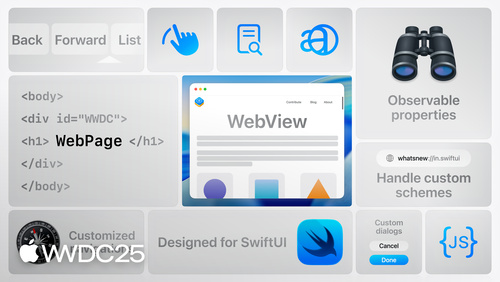
And the following code-along session gives an excellent overview of how to use rich text formatting with the TextEditor view.
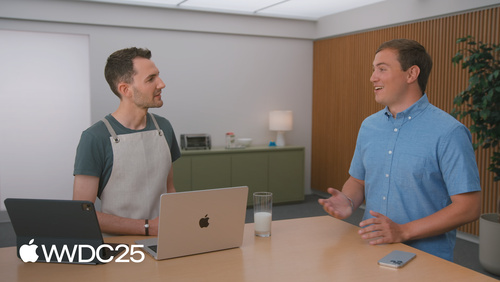
Besides the shiny new stuff, there are many other sessions presenting enhancements to existing technologies and the latest capabilities of existing frameworks, such as the introduction of 3D Charts and enhancements to SwiftData.
There are several new APIs available for visionOS applications. Volumetric Layouts, better RealityKit and SwiftUI Integration, persistent widgets and new SharePlay APIs.
Conclusion
This marks only the beginning of what WWDC25 has unveiled. With updates reaching across every platform and development layer, there's something meaningful for every developer to discover.
Whether you're building for iOS, macOS, visionOS, or any other Apple platform, the new tools, frameworks, and enhancements introduced this year open the door to richer, more meaningful and impactful experiences for your users.
We have asked some of the collaborators from Create with Swift to share their personal choices for must-watch videos of the week. Here are them:
- Antonella: Meet the Foundation Models framework
- Luca: Bring advanced speech-to-text to your app with SpeechAnalyzer
- Pasquale: Principles of inclusive app design
- Matteo: Explore large language models on Apple silicon with MLX
- Perchiazzi: Design widgets for visionOS
- Domenico: Make your Mac app more accessible to everyone
- Giovanni: What’s new in visionOS 26
- Tiago: Design interactive snippets
- Emanuele: Design foundations from idea to interface
- Flora: Say hello to the new look of app icons
Now is the time to start exploring and discovering how these innovations can shape the next generation of your apps.
Check the following link for an overview of all the videos released this week and filter by keyword:
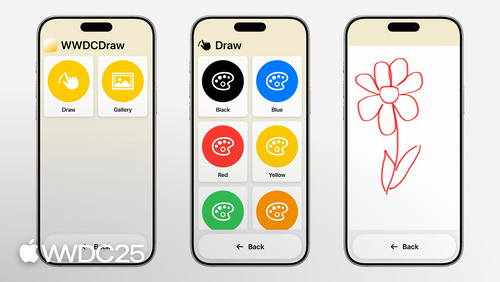
Every year, Apple introduces more tools to empower developers worldwide to transform how people interact with one another and their surroundings. We can't wait to see what you will Create with Swift.




























